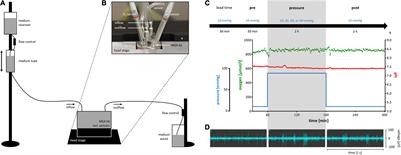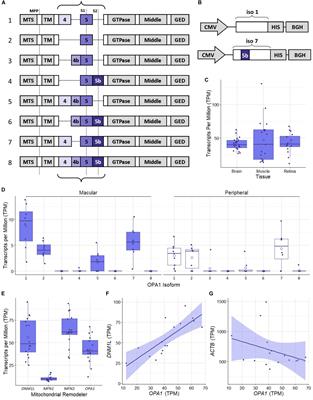ORIGINAL RESEARCH
Published on 26 Jan 2022
Effects of Hydrostatic Pressure on Electrical Retinal Activity in a Multielectrode Array-Based ex vivo Glaucoma Acute Model

doi 10.3389/fnins.2022.831392
- 2,509 views
- 4 citations
32k
Total downloads
143k
Total views and downloads
ORIGINAL RESEARCH
Published on 26 Jan 2022

GENERAL COMMENTARY
Published on 23 Jul 2021

ORIGINAL RESEARCH
Published on 20 May 2021

REVIEW
Published on 12 May 2021

ORIGINAL RESEARCH
Published on 29 Apr 2021

REVIEW
Published on 20 Apr 2021

REVIEW
Published on 17 Mar 2021

MINI REVIEW
Published on 18 Dec 2020

ORIGINAL RESEARCH
Published on 26 Nov 2020

ORIGINAL RESEARCH
Published on 26 Nov 2020

MINI REVIEW
Published on 25 Nov 2020

REVIEW
Published on 11 Nov 2020
